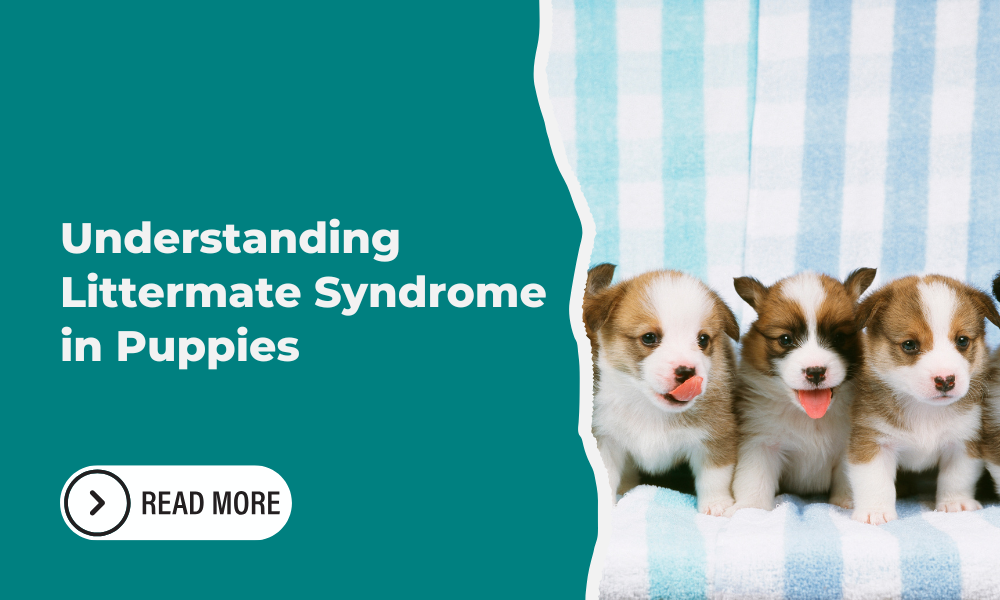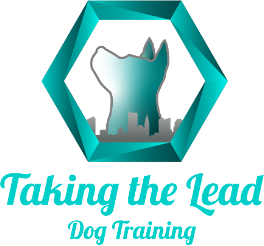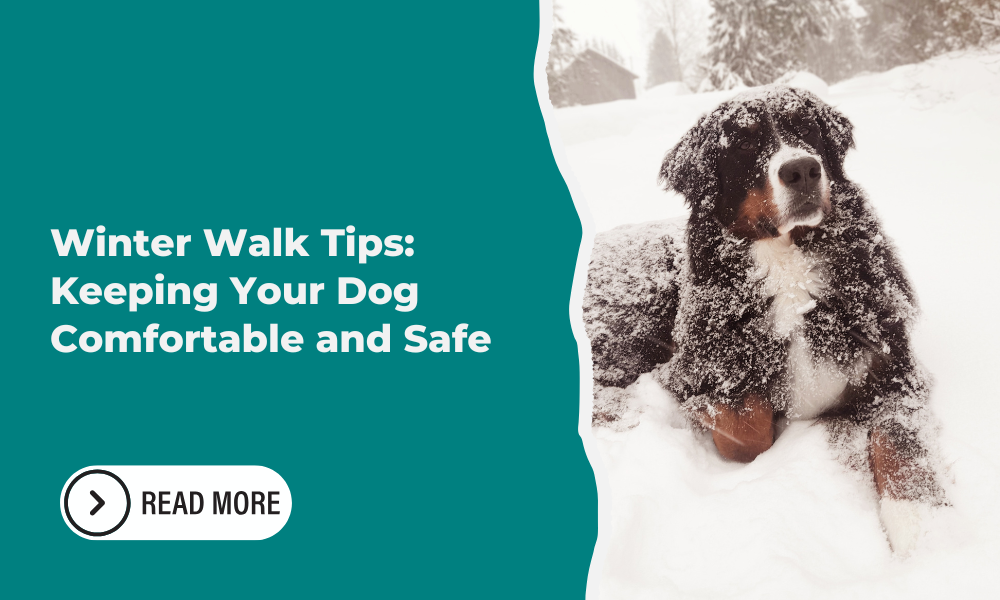Understanding Littermate Syndrome in Puppies
Taking the Lead • September 19, 2025

At first, bringing home two puppies from the same litter can feel like the perfect plan. They’ll keep each other company, play together, and never feel lonely—what could go wrong? While it sounds ideal, many new dog owners don’t realize the unique challenges that come with raising sibling puppies. One of the most common concerns is Littermate Syndrome.
What Is Littermate Syndrome?
Littermate Syndrome refers to a collection of behavioral issues that can develop when two puppies of the same age—especially littermates—are raised in the same household. Instead of building confidence and independence, the puppies often form an intense attachment to each other. This strong bond can interfere with their ability to learn, socialize, and cope with the world around them.
Common Signs to Watch For
- Separation Anxiety – Extreme distress when the puppies are apart.
- Fearfulness – Nervousness around new environments, people, or other dogs because they rely too heavily on their sibling for comfort.
- Training Struggles – Difficulty focusing on their owner during training, as their attention stays on each other.
- Aggression Between Puppies – As they mature, sibling rivalry can escalate into fights.
Preventing Littermate Syndrome
If you already have two young puppies, prevention and structure are key. A few helpful strategies include:
- Individual Training – Work with each puppy separately to strengthen focus and communication.
- Encouraging Independence – Allow short periods of time apart each day to help them feel secure on their own.
- Separate Socialization – Introduce them to new people, dogs, and environments one at a time.
- One-on-One Bonding – Spend quality time with each puppy individually to build a strong personal connection.
Should You Bring Home Two Puppies?
While it’s not impossible to raise siblings successfully, it does require extra patience, effort, and commitment. For many families, adopting one puppy at a time makes training and bonding much smoother. However, if you do decide to raise two together, being proactive about preventing Littermate Syndrome will make all the difference.
By understanding this condition early on, you’ll give your puppies the best chance to grow into confident, well-mannered, and independent dogs.


Many dog owners are surprised to learn that the proteins in their dog’s food can sometimes trigger allergies. Research has shown that certain proteins are more likely to cause reactions, with beef, dairy, and chicken being the top offenders. These ingredients are commonly found in dog foods, which may explain why some



Share On: